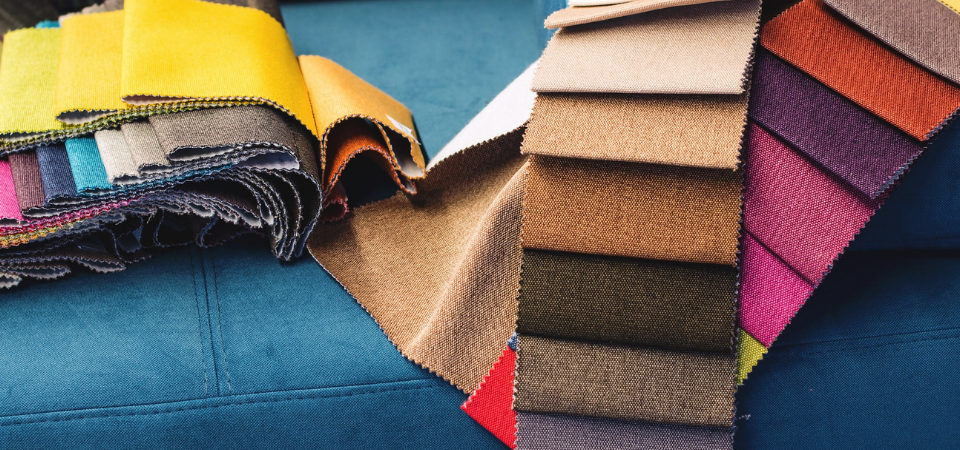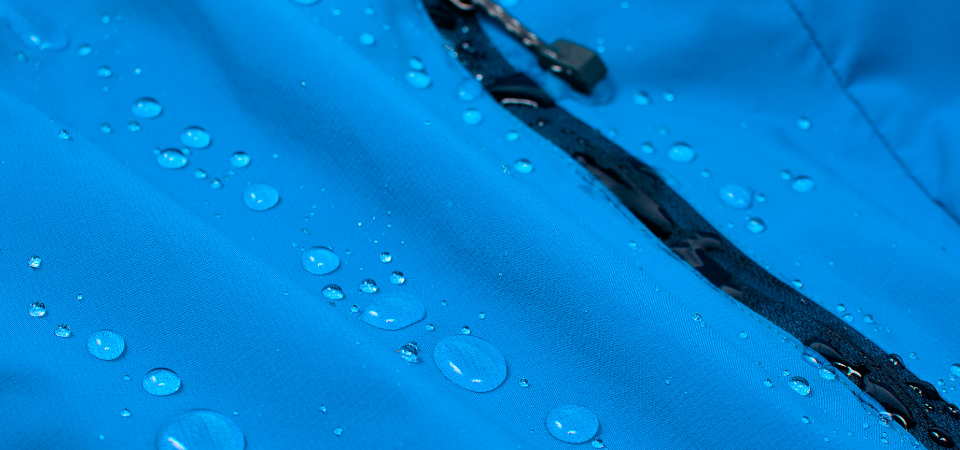
Empowering Style and Sustainability with Recycling Clothes
October 16, 2023
Mastering Textile Logistics for Uninterrupted Fashion Flow
November 7, 2023The fashion industry is the second largest pollutant worldwide, and therefore causing much waste. It contributes to waste generation at the same speed as fast fashion grows day by day. Considering that the life of a textile product is an average of 3 years, textile waste and the damage caused by these wastes to the environment are not a surprise. It is very important to raise awareness about these wastes for a sustainable future and more environmentally friendly purchasing behavior. These wastes can also occur at every stage of the production process. A good understanding of what textile waste is, the environmental, economic, and social damages caused by these wastes, and how to properly dispose of waste is important to prevent all the negative effects.
What Is Textile Waste?
Textile waste, as the name suggests, is the textile products that are no longer used. Both at the production stage of a textile product and after being produced and used for a while, many products come to the point where they cannot be reused and take the form of waste. Since the fashion industry is one of the largest pollutants, it causes millions of tons of waste every year. This happens both due to the lack of information about recycling and consumerism. Moreover, when these wastes are not collected properly, they can become a threat in nature.
What Are the Types of Textile Waste?
Textile waste is very diverse and each needs to be known to gain awareness of these wastes. These wastes can be formed by the consumer as well as formed at different stages of production such as painting and weaving.
1. Spinning Waste
Spinning waste covers the waste generated during the production phase of the yarns. Natural and synthetic raw materials such as cotton, wool, silk, and polyester are processed and become yarn, and in the meantime, much waste comes out. Many wastes, such as crumbs and missing threads, occur at this stage.
2. Weaving Waste
Different textile waste occurs at different stages of production. One of these wastes occurs during the weaving phase. It is not possible to use all of the yarn in the weaving machines, so a little yarn remains, and this remaining yarn turns into waste. It can also occur by cutting or breaking yarns. In addition, fabric waste is revealed by cutting additional pieces that are too much on the edge of the fabric.
3. Knitting Waste
Yarns can become fabric through knitting machines or these knits can be made by hand. In both cases, some waste occurs. The yarns remaining during knitting, the excess remaining parts, and the wastes formed due to problems in the machine or rope are included in this category.
4. Dyeing Waste
Painting is done using a number of chemicals, so this stage also poses a threat to human health. It is a very dangerous stage not only for human health but also for the environment because textile dyeing factories are also among the factories where wastewater is produced the most. This causes major problems when water is not properly disposed of. In addition, staining errors such as floor marks, color change, or irregular staining cause waste.
5. Clothing Waste
A clothing product has different stages such as cutting, shortening, planting, embroidery, printing, finishing, and this waste occurs at each stage. It is inevitable that a large amount of this waste will appear, especially during the cutting phase. Incorrect parts, products that are not suitable for printing in the printing section, or clothing with a measure or press error at the final stage are considered waste.
6. Consumer Waste
Textile waste also occurs for consumer reasons. Many clothes are purchased every year due to the fast fashion industry and consumerism. These clothes are not stored for a long time and become waste because they wear out quickly. Therefore, consumers support the formation of this waste with their shopping habits.
Harmful Effects of Textile Waste
Both the production and consumption of textile products are increasing day by day, making this sector important. Textile waste causes environmental, economic, and social impacts. The second-largest source of pollution in the world is the fashion sector. Approximately 5% of global garbage areas consist of wastes from textile products. These wastes cause soil, water, and air pollution. Moreover, it has a negative impact on energy sources such as biodiversity and water because they contain chemicals. A very large amount of water is used in the production of all textile products. Therefore, the water used at the same time in every product thrown away is wasted. If this garbage is located near living places in low-income areas, it can also cause serious health problems. As can be seen, this waste has harmful effects in many different ways.
How Important Is the Correct Disposal of Textile Waste?
When textile waste is properly disposed of, the damage caused by these wastes to the environment and society is reduced. It is important to properly dispose of these wastes because it has economic effects. These economic impacts include opportunities for recycling and reuse. Thus, while saving costs, new business areas may also arise. This situation is also positively reflected in the brand’s reputation. Another important point is of course due to its effects on the environment. If this waste is properly disposed of, natural resources, biodiversity, and health problems caused by chemicals will be reduced. In addition, recycling of waste is very important for sustainable future.
How Is Textile Waste Disposed of Properly?
Improperly disposing of textile waste negatively affects the brands. Problems such as damaging the reputation of the brand and losing customers may arise. In addition, disposing of it incorrectly can have a devastating effect on the environment. Wastes lead to pollution and thus threaten human health, so it is a process to be taken care of. There are several strategies you can do to change this. One of them is to recycle unused textile products instead of making them waste. It is also an option to donate or sell as a secondhand instead of throwing unused clothes or accessories in the trash. In addition, one of the effective methods is to support the waste clothing collection process of textile brands. Some brands may feel responsible after selling the clothes or accessories they produce, and by creating collection points, they can collect and recycle when these clothes become waste. Each of these methods supports the environmentalist approach, so it is important to consider it.




